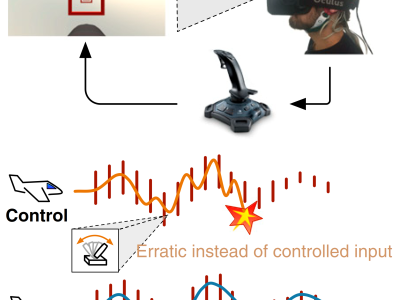
Synthetic Epileptic Spike EEG Database (SESED-WUT)
The database contains EEG, EMG, and EOG signals with artificially generated epileptic spikes. The recordings were performed using the g.USBamp 2.0 amplifier. Data were collected from 5 EEG channels (C3, Cz, C4, Fz, Fp1), 1 EOG channel (VEOG), and 3 EMG channels (Nape, Cheek, Jaw). The signals were sampled at 256 Hz and processed with a bandpass filter (0.1–100 Hz) and a notch filter (48–52 Hz).
- Categories:








